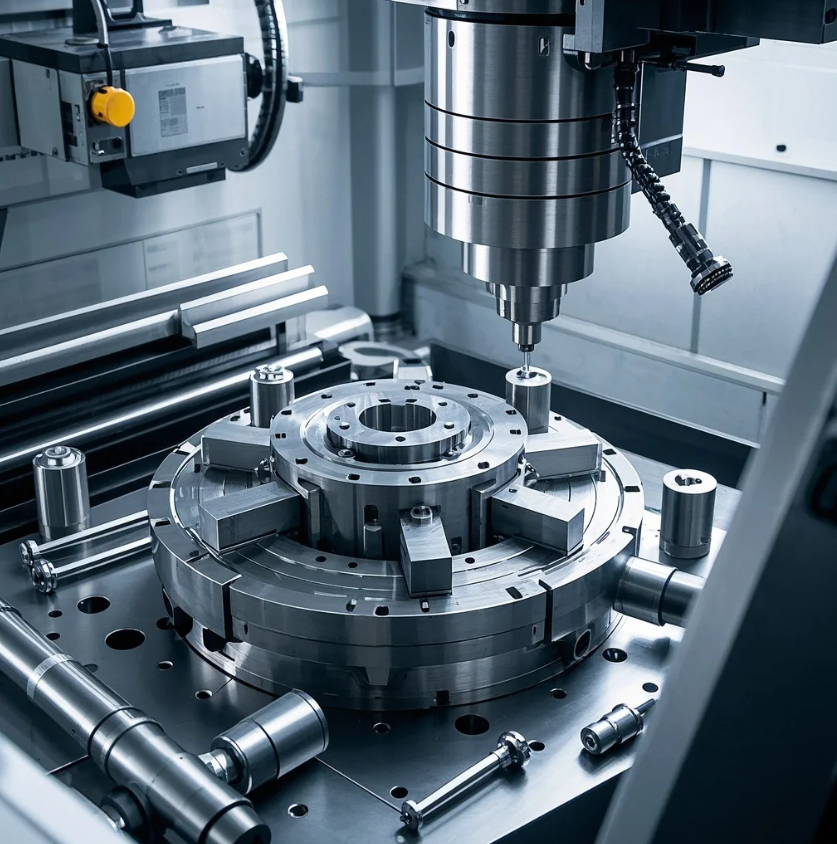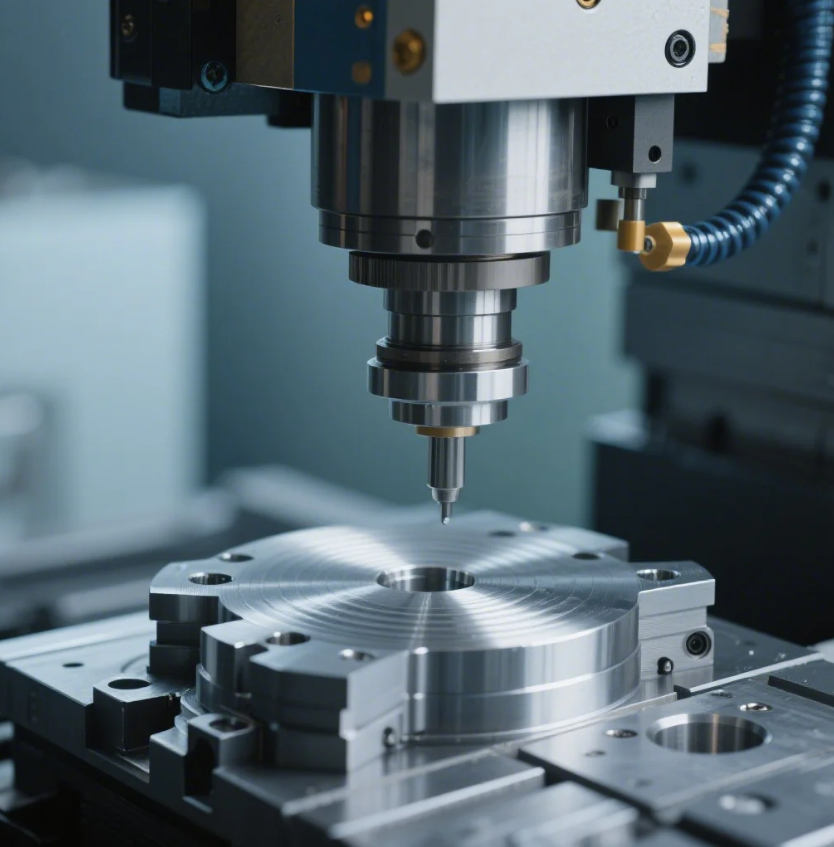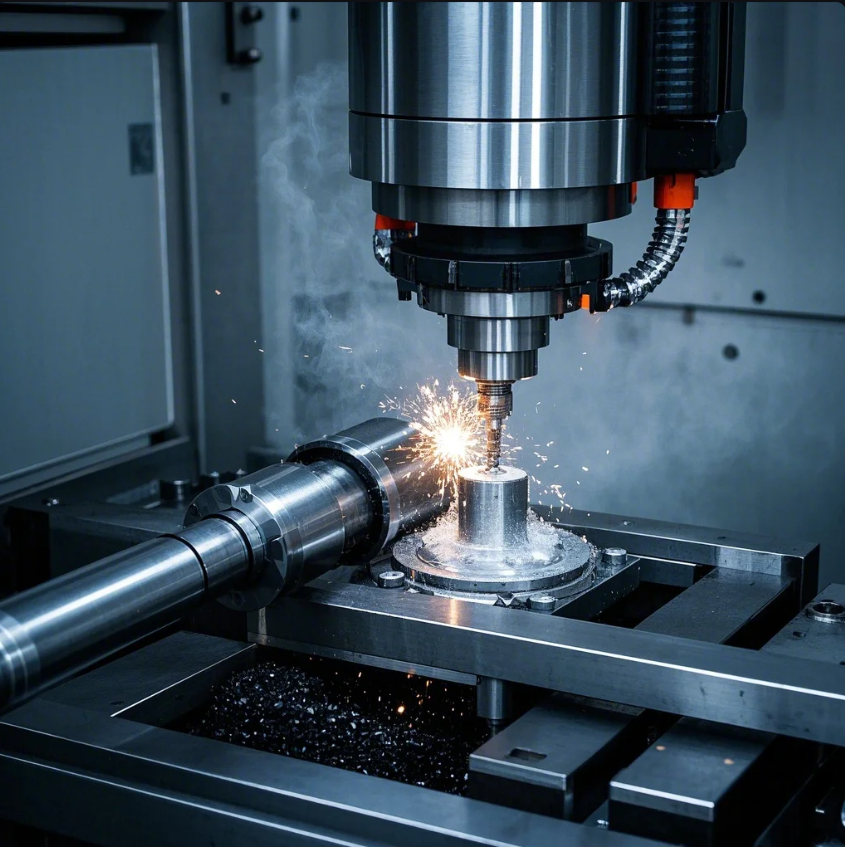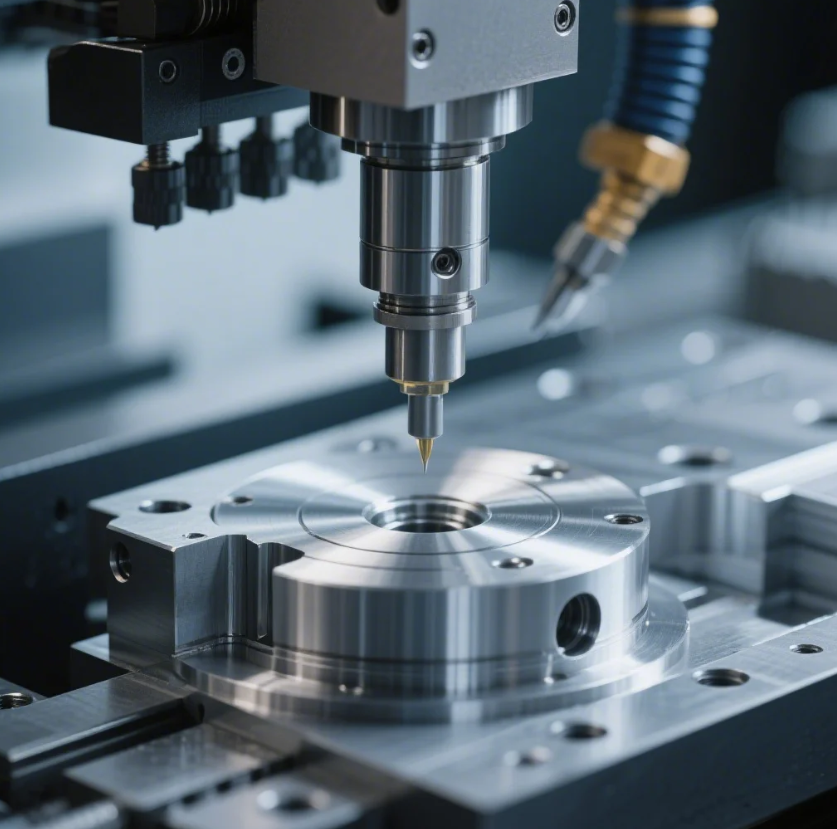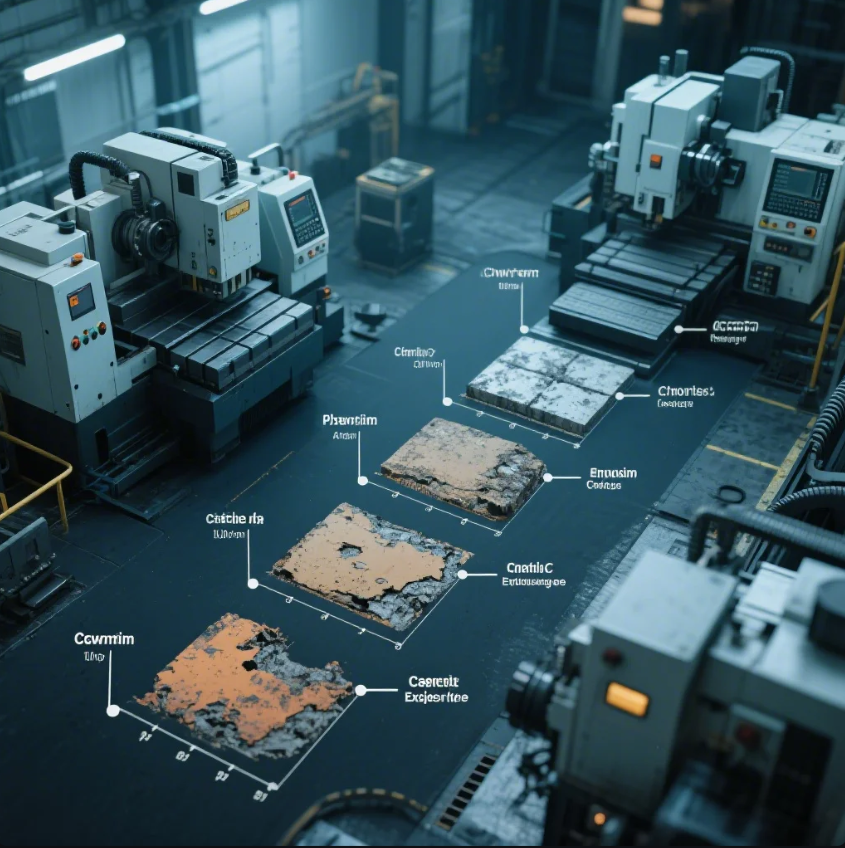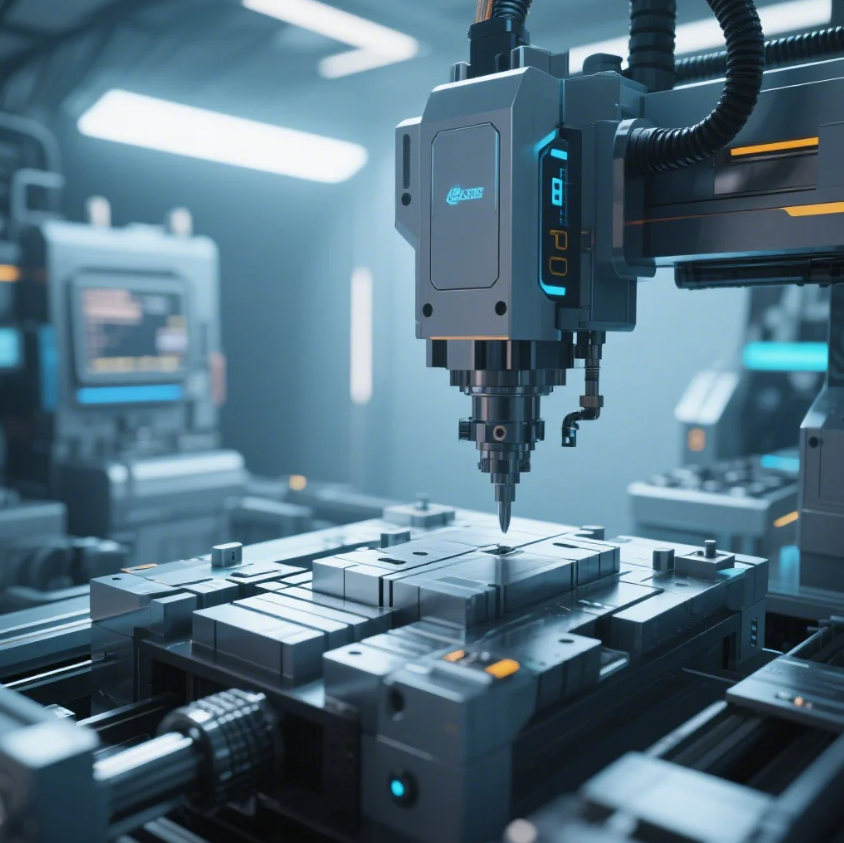Why Choose Forged Metal Parts? Key Benefits & Industry Applications
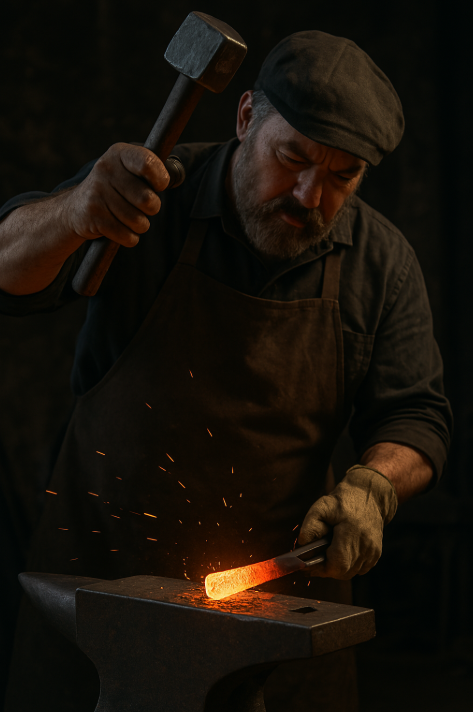
Forged metal parts deliver unparalleled strength and reliability—making them the top choice for mission-critical applications in aerospace, automotive, and heavy machinery. Unlike casting or machining, forging realigns the metal's grain structure, producing components with superior fatigue life and impact resistance.
The forging process compresses heated metal into shape under extreme pressure, eliminating porosity while enhancing grain flow—resulting in parts that are 20-50% stronger than cast alternatives with much lower failure rates.
Considering forged parts but unsure if they fit your needs? Below, we break down the key advantages, ideal applications, and cost-saving benefits of this proven manufacturing method.
1. What Are the Main Advantages of Forged Metal Parts?
Forging doesn’t just shape metal—it fundamentally improves its properties.
✔ Higher Strength (denser grain structure handles greater stress)
✔ Better Fatigue Resistance (lasts longer under repeated loads)
✔ Superior Impact Toughness (resists cracks and fractures)
✔ Minimal Defects (no porosity, voids, or weak spots)
Comparison: Forged vs. Cast vs. Machined
| Feature | Forged | Cast | Machined |
|---|---|---|---|
| Tensile Strength | ⭐⭐⭐⭐⭐ | ⭐⭐⭐ | ⭐⭐⭐ |
| Fatigue Life | 2-3x Longer | Moderate | Good |
| Machinability | Good (with annealing) | Excellent | Best |
| Material Waste | Low | High (gating systems) | Highest |
At Prime Manufacturing, our forged stainless steel flanges demonstrate 40% higher burst pressure than cast versions, ensuring safer high-pressure systems.
2. Which Industries Rely Heavily on Forged Parts?
Forged components are essential where failure is not an option.
✔ Aerospace
▸ Landing gear, turbine blades, structural fittings
▸ Critical for high-stress, high-temperature performance
✔ Automotive
▸ Crankshafts, connecting rods, axle beams
▸ Durability directly improves engine lifespan
✔ Oil & Gas
▸ Valve bodies, drill collars, pipeline fittings
▸ Must withstand extreme pressures and corrosion
✔ Defense/Military
▸ Armor plates, gun barrels, tank tracks
▸ Forged steel offers maximum ballistic resistance
We supply precision-forged gears for wind turbine drivetrains that endure 20+ years of cyclic loading without failure.
3. When Does Forging Outperform Casting or CNC Machining?
Forging is ideal for strength-dependent applications, while casting/machining suit other needs.
Best Uses for Forging
✅ High-load structural parts (crankshafts, suspension arms)
✅ Impact-critical tools (hammers, excavator teeth)
✅ High-pressure valves & fittings (no leakage risks)
When to Choose Casting Instead
▸ Very complex geometries (thin walls, internal cavities)
▸ Large one-off parts (architectural sculptures)
When Machining Works Better
▸ Low-volume prototypes (fast revisions)
▸ Ultra-tight tolerances (precision instruments)
Case Study: A client switched from cast to forged hydraulic manifolds, reducing field failures by 90% despite a 15% higher initial cost.
4. How Does Closed-Die Forging Improve Efficiency?
Modern forging techniques maximize both quality and cost savings.
✔ Near-net shaping (up to 95% material utilization)
✔ Tighter tolerances (reduces machining needs)
✔ Automated press control (consistent quality)
| Prime’s Closed-Die Forging Process: | Stage | Key Benefit |
|---|---|---|
| Preformed billet | Optimizes metal distribution | |
| Blocker die | Rough-shapes with minimal waste | |
| Finisher die | Achieves final dimensions |
Our automated precision dies cut production time by 30% while maintaining ±0.3mm tolerances.
5. What Future Innovations Are Advancing Metal Forging?
New technologies are making forging even more competitive.
✔ AI-assisted process optimization (predicts defects in real time)
✔ Hybrid additive-forging (combines 3D printing with forging)
✔ Hydrogen-based heating (reduces carbon emissions)
We’ve integrated IoT sensors in our forging presses, enabling predictive maintenance and 10% less downtime.
Conclusion
Forged metal parts offer unmatched durability, strength, and reliability—making them the best choice for load-critical applications. By leveraging modern die-forging techniques and IoT innovations, Prime delivers high-performance forged components for aerospace, energy, and heavy industries. Need stronger, longer-lasting parts? Contact us today for a free forging feasibility assessment.

